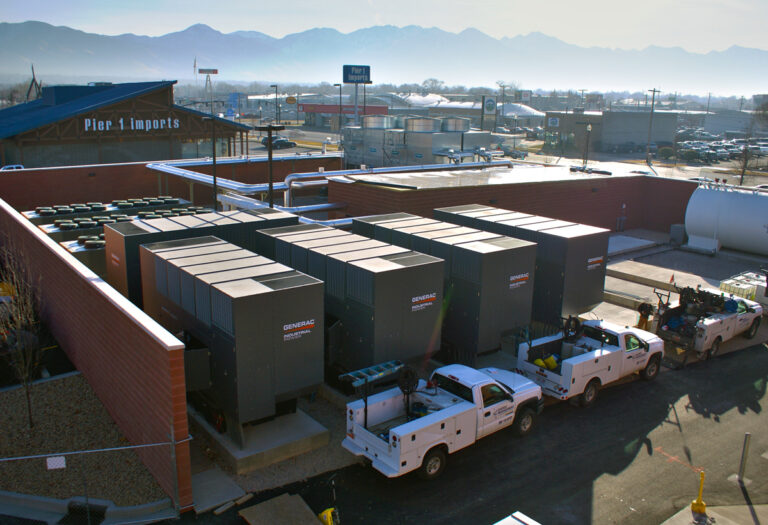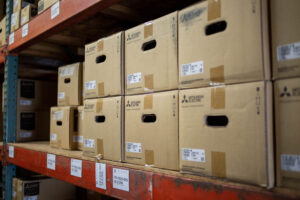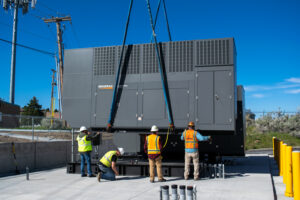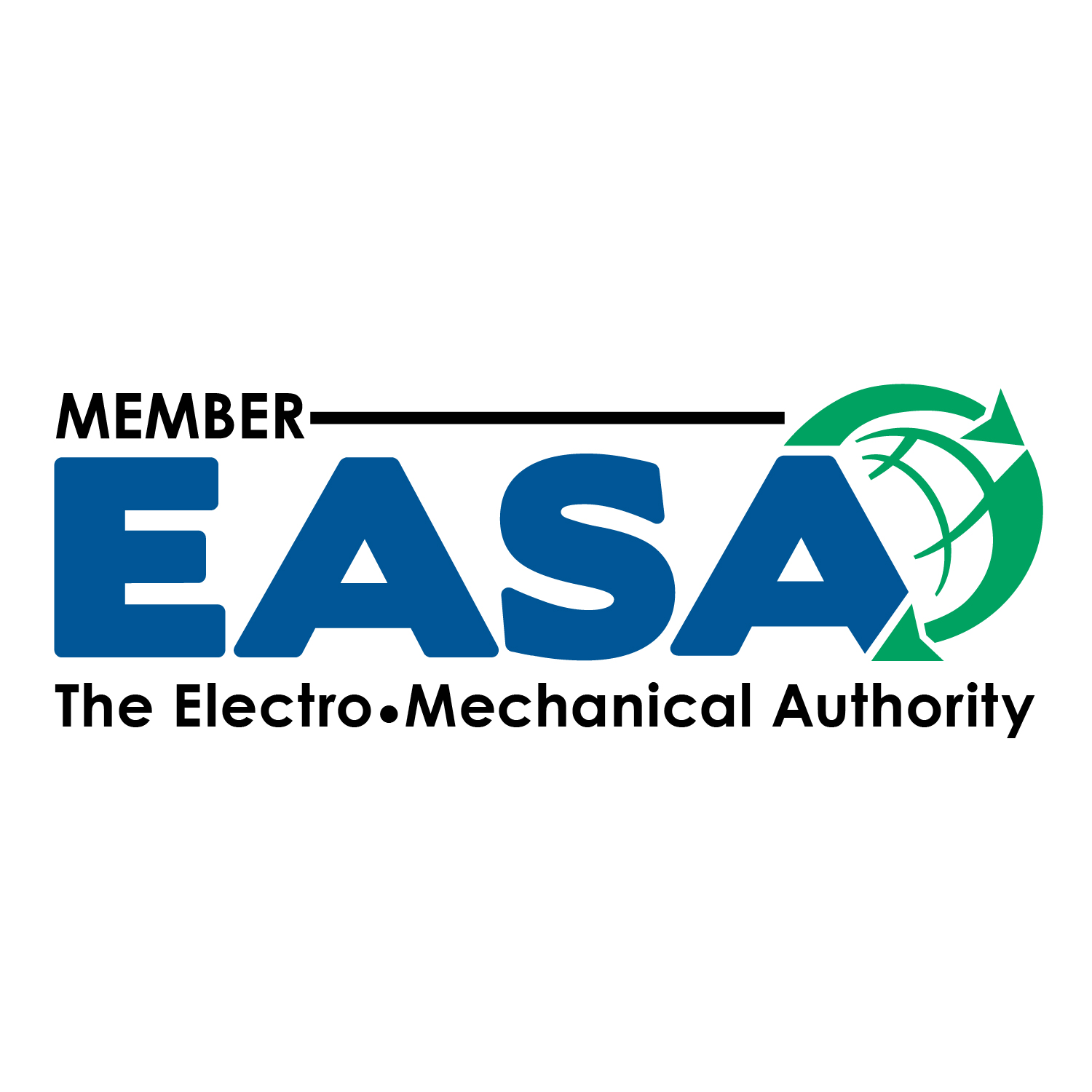
A Brief Overview of NEC Article 700 as it Pertains to Generators
Emergency standby generators are “… those systems legally required and classed as emergency by a governmental agency having jurisdiction. These systems are intended to automatically supply illumination and/or power essential for safety to human life” (NEC Article 700.2). These types of generators are required to supply power in 10 seconds or less in the event of a power outage. The authority having jurisdiction (AHJ) in your area is able to designate any generator as an emergency generator if they so see fit. Emergency systems also provide power to maintain life, fire detection and alarm systems, elevators, fire pumps, public safety communications systems, industrial processes where current interruption would produce serious life safety or health hazards, and other similar functions (NEC Article 700.1).
Testing and Maintenance
Conduct/witness testing is required upon completion of installation by the AHJ. Periodic testing and battery systems maintenance is also required. Means for testing all emergency lighting and power systems during max anticipated load conditions need to be provided. A written record (electronic records are permitted) of all required tests and maintenance must be kept, although the NEC does not specify how long these records must be retained. The AHJ will not spell out the specific testing and maintenance that must be done, so following all manufacturer recommendations is your best bet. NEC article 110 provides some guidance on testing requirements for all standby power supply systems.
Capacity
Emergency generators must have adequate capacity to carry all applicable emergency loads. Emergency gen-sets are allowed to supply all loads for the facility, but must be able to shed all non-emergency loads if capacity is not sufficient to carry all loads in the event of an emergency.
Transfer Equipment
Transfer equipment for emergency generators must be automatic, listed, identified by the manufacturer for emergency use, mechanically held, and approved by your authority having jurisdiction. If your gen-set is set up to supply emergency and non-emergency loads, you must use more than one transfer switch. One switch must be used to transfer emergency loads only. Meter-mounted switches are not permitted for emergency use.
Signs
Signage must be placed at the service entrance that indicates the type and location of all on-site emergency power sources.
Surge Protection
A listed surge protection device must be installed for all emergency system panel-boards and switchboards.
Wiring
Emergency circuit wiring must be kept separate from normal system wiring (with some exceptions). This is to prevent intermingling with normal system wiring, accidental disconnections, and prevent simultaneous failure of the emergency and normal system at the same time. The boxes and enclosures must be permanently marked as part of an emergency power system.
Signals
Audio and visual signaling systems must be used to indicate derangement of the emergency source, when the battery is carrying load, to indicate a non-functioning battery charger, and to indicate a ground fault.
Fuel
For diesel generators, you must keep 2 hours worth of fuel on site at all times. For prime mover-driven applications you must have a dual supply of fuel and water (if water is used in the cooling system). Public utility natural gas and municipal water supply are not adequate on their own for emergency generator systems. There is an exception to this rule if your AHJ decides that there is a low probability of a simultaneous failure of both the off-site fuel delivery system and power from the utility, but these exceptions are few and far between.
For prime mover applications, you must have automatic starting capabilities and a time delay for retransfer of at least 15 minutes to avoid quick retransfer in the case of a short time reestablishment of the normal source of utility power.
A Few More Key Points
- Your authority having jurisdiction has to approve all equipment being installed at your facility. They usually want Listed equipment. This is making unlisted equipment harder and harder to find.
- Outdoor gen-sets do not need an additional disconnect if the main disconnect is easily accessible and within 50 feet of the building.
- Emergency gen-sets do not need ground fault protection, but do need to have a system in place to indicate when a ground fault has occurred.
- Another temporary source of emergency power is required whenever the emergency generator will be out of service for more than a few hours. This is especially important to remember when performing extended maintenance.
This article is not a comprehensive list of regulations for Emergency Standby Systems. For the full list of rules and regulations, see NEC 2020 Article 700.
Got More Generator Questions? We Can Help!
Call 800-595-5315 Or Connect With Our Expert Technicians Here:
Other Articles
- Critical Spare Planning
- Where Do I Start On My Generator Installation?
- How can Las Vegas heat lead to generator failures?

Lead Generator Technician
Graduated from Idaho State University with a degree in Heavy Duty Diesel and Onsite Power Generation. Damien is a master tinkerer and has been working on anything with a motor since he was about six years old. Besides being a generator fanatic, Damien is also an avid snowmobiler and aspiring world traveler.





